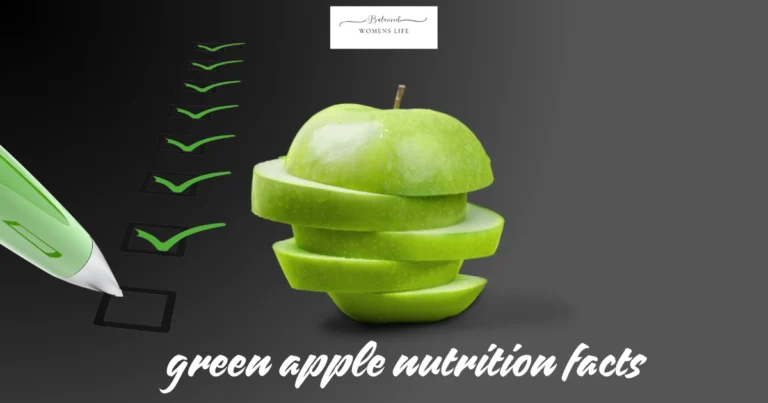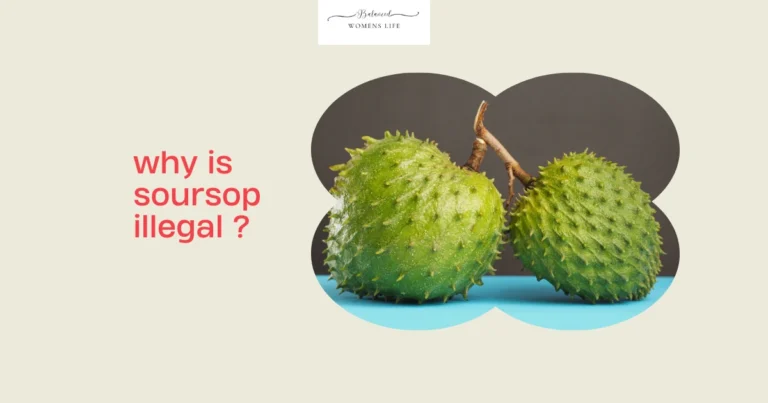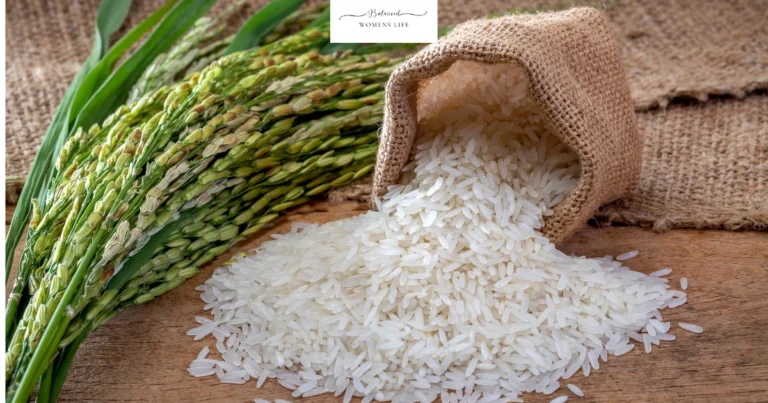Red Snapper: A Delicious and Nutritious Seafood Choice
Table of Contents
Red snapper is one of the most popular and widely consumed fish around the world. Known for its firm texture, mild flavor, and vibrant red skin, this fish is a favorite among chefs and home cooks alike. But red snapper is more than just a tasty meal—it’s packed with essential nutrients and offers numerous health benefits. In this article, we’ll explore everything you need to know about red snapper, from its nutritional value and cooking methods to sustainability and frequently asked questions.
What Is Red Snapper?
Red snapper (Lutjanus campechanus) is a saltwater fish found primarily in the Gulf of Mexico and the western Atlantic Ocean. It is easily recognizable by its reddish-pink skin and sharp dorsal fins. This species is highly prized in the culinary world due to its mild, slightly sweet taste and versatile cooking applications.
Key Characteristics of Red Snapper
| Feature | Description |
| Scientific Name | Lutjanus campechanus |
| Habitat | Gulf of Mexico, Western Atlantic |
| Average Size | 2-8 lbs (can grow up to 50 lbs) |
| Lifespan | Up to 50 years |
| Taste & Texture | Mild, slightly sweet, firm |
Nutritional Value of Red Snapper
Red snapper is a nutrient-dense food that provides a variety of essential vitamins and minerals. It is an excellent source of lean protein, healthy fats, and important micronutrients.
Nutritional Breakdown (Per 100g Serving)
| Nutrient | Amount | % Daily Value (DV) |
| Calories | 100 kcal | 5% |
| Protein | 20.5g | 41% |
| Fat | 1.3g | 2% |
| Omega-3 Fatty Acids | 0.4g | – |
| Vitamin B12 | 2.2 mcg | 92% |
| Selenium | 46.8 mcg | 85% |
| Potassium | 444 mg | 13% |

Health Benefits of Red Snapper
1. High-Quality Protein Source
- Helps build and repair tissues.
- Supports muscle growth and overall health.
2. Rich in Omega-3 Fatty Acids
- Reduces inflammation.
- Supports brain and heart health.
3. Boosts Immune System
- High selenium content supports immune function.
4. Promotes Heart Health
- Low in saturated fat and high in essential nutrients.
5. Supports Eye Health
- Contains essential vitamins and antioxidants that protect vision.
Best Ways to Cook Red Snapper
Red snapper is highly versatile and can be cooked using various methods. Here are some of the best ways to prepare this delicious fish:
1. Grilled Red Snapper
- Enhances natural flavors with a smoky taste.
- Best paired with lemon, garlic, and fresh herbs.
2. Baked Red Snapper
- A healthy option that retains moisture and flavor.
- Cooks well with vegetables and light seasonings.
3. Pan-Seared Red Snapper
- Creates a crispy, golden-brown crust.
- Quick and easy method for a restaurant-style dish.
4. Red Snapper Ceviche
- A refreshing, no-cook option using citrus juices.
- Popular in Latin American cuisine.
5. Fried Red Snapper
- Provides a crispy texture with a rich taste.
- Ideal for fish tacos or sandwiches.
Is Red Snapper Sustainable?
Sustainability is an important factor when choosing seafood. Red snapper populations have faced overfishing, but conservation efforts have improved their numbers in recent years.
Sustainability Status by Region
| Region | Sustainability Status |
| Gulf of Mexico | Improving due to regulations |
| Atlantic Ocean | Some areas still overfished |
| Farmed Red Snapper | More sustainable option |
To ensure responsible consumption, look for certifications from the Marine Stewardship Council (MSC) or buy from reputable sources that follow sustainable fishing practices.
FAQ: Red Snapper
1. Is Red Snapper Safe to Eat?
Yes, but due to mercury content, pregnant women and young children should limit consumption to once per week.
2. What Does Red Snapper Taste Like?
It has a mild, slightly sweet flavor with a firm texture, making it great for various recipes.
3. Can I Eat Red Snapper Raw?
Yes, but it should be sushi-grade and properly handled to avoid foodborne illnesses.
4. How Can I Tell If Red Snapper Is Fresh?
Look for bright red skin, clear eyes, and a fresh ocean smell. Avoid fish with a strong ammonia-like odor.
5. What Are the Best Seasonings for Red Snapper?
Lemon, garlic, butter, paprika, thyme, and black pepper enhance its natural flavor.
Conclusion
Red snapper is a delicious, nutritious, and versatile fish that can be enjoyed in many ways. Whether grilled, baked, or pan-seared, it offers a rich flavor and numerous health benefits. When buying red snapper, consider sustainability to help preserve marine ecosystems. With its exceptional taste and nutritional value, red snapper is a seafood choice worth adding to your diet.







